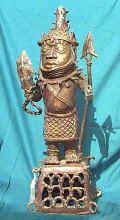 |
||||
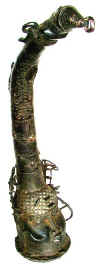 |
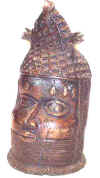 |
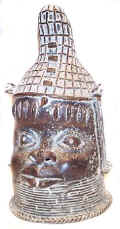 |
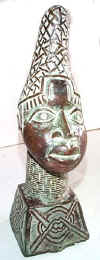 |
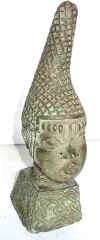 |
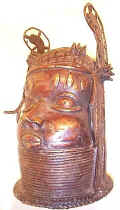 |
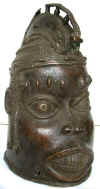 |
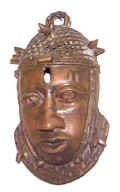 |
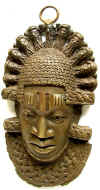 |
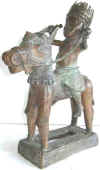 |
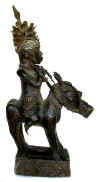 |
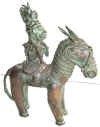 |
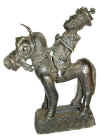 |
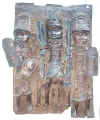 |
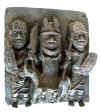 |
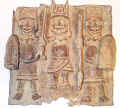 |
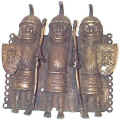 |
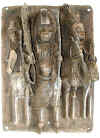 |
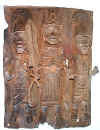 |
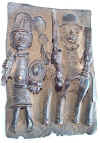 |
 |
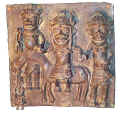 |
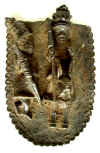 |
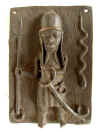 |
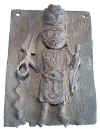 |
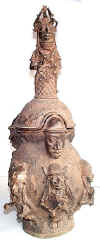 |
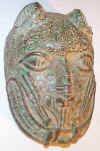 |
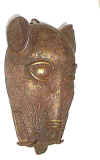 |
 |
 |
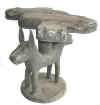 |
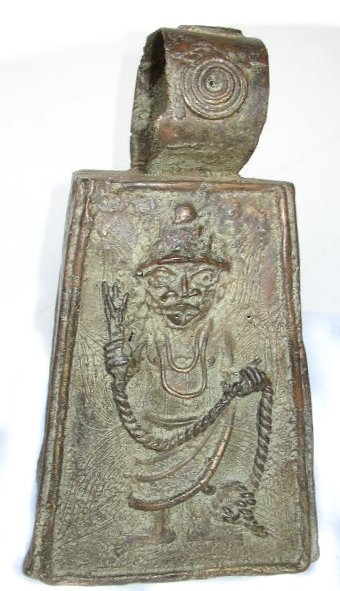 |
TRIBAL AFRICAN ART
BENIN style
Nigeria
The
powerful ancient Benin kingdom was founded by the son of an Ife king in the early 14th
century AD. It was situated in the forest area of southern Nigeria, 106 miles southeast of
Ife. The art of bronze casting was introduced around the year 1280. The kingdom reached
its maximum size and artistic splendor in the 15th and 16th century. For a long time the
Benin bronze sculptures were the only historical evidence dating back several centuries
into the West African past, and both the level of technical accomplishment attained in
bronze casting, as well as the monumental vigor of the figures represented, were the
object of great admiration. Benin bronzes are better known than the artworks from Ife or
Owo due to their presence in Western museums since 1890s. In the thirteenth century, the
city of Benin was an agglomeration of
farms enclosed by walls and a ditch. Each clan was subject to the oba (king). The
“Benin style” is a court art from the palace of the oba, and has nothing
in common with tribal art. The Benin oba employed a guild of artisans who all lived
in the same district of the city. Bronze figures ordered by the king were kept in the
palace. The empire flourished until 1897, when the palace was sacked by the English in
reprisal for an ambush that had cost the British vice-consul his life.
The numerous commemorative brass heads, free-standing figures and groups, plaques in relief, bells and rattle-staffs, small expressive masks and plaquettes worn on the belt as emblem of offices; chests in the shape of palaces, animals, cult stands, jewelry, etc. cast by Benin metalworkers were created for the royal palace. The heads were placed on the altars of kings, of brass caster corporation chiefs and dignitaries. Occasionally, a brass head was surmounted by a carved ivory tusk engraved with a procession of different obas. The altar functioned as a tribute to the deceased and a point of contact with his spirit. Using the bells and rattle stuffs to call the ancestor’s spirit, the oba offered sacrifices to him and to the earth on the altar. The majority of figures represented court officials, equestrian figures, queens, and roosters. Of objects in ivory: most elaborately decorated human masks, animals, beakers, spoons, gongs, trumpets, arm ornaments, and large elephant tusks covered with bands in figured relief. The representations of these objects served above all to exalt the king, the queen mother, the princes and royal household, army commanders, shown with their arms and armor and their retainers (huntsmen, musicians), or alternatively depicted important events.
When British forces entered Benin City in 1897 they were surprised to find large quantities of cast brass objects. The technological sophistication and overwhelming naturalism of these pieces contradicted many 19th-century Western assumptions about Africa in general and Benin – regarded as the home of ‘fetish’ and human sacrifice – in particular. Explanations were swiftly generated to cover the epistemological embarrassment. The objects must, it was supposed, have been made by the Portuguese, the Ancient Egyptians, even the lost tribe of Israel. Subsequent research has tended to stress the indigenous origins of West African metallurgy. Yet it was the naturalism that proved decisive. Their status was marked by the establishment of the term ‘Benin bronzes’, despite their being largely of brass.
Following
the bloody British punitive expedition to Nigeria, about three thousand brass, ivory and
wooden objects were consigned to the Western world. At that time, western scholars and
artists were stunned by the quality and magnificence of these objects, more than 1,000
brass plaques were appropriated from the oba’s palace. Dating from the 16th
and 17th centuries, these plaques were secreted in a storage room. It is
thought that they were nailed to palace walls and pillars as a form of decoration or as
references to protocol. They show the oba in full regalia along with his nobility,
warriors and Portuguese traders. The most elaborate ones display a procession of up to
nine people, while others depict only fish or birds.
The majority of everyday Benin objects were made for and associated with court ceremonies. The figures of a leopard were the sole property of the oba – the leopard was the royal animal. Pectorals, hip and waist ornaments in the shape of human or animal heads were worn either by the oba or by major dignitaries. Brass staffs and clippers surmounted by birds appeared during commemorating ceremonies.
Despite the disappearance of the Benin kingdom, the Yoruba people living on its territory continued to produce artwork inspired by the great royal art of Benin.